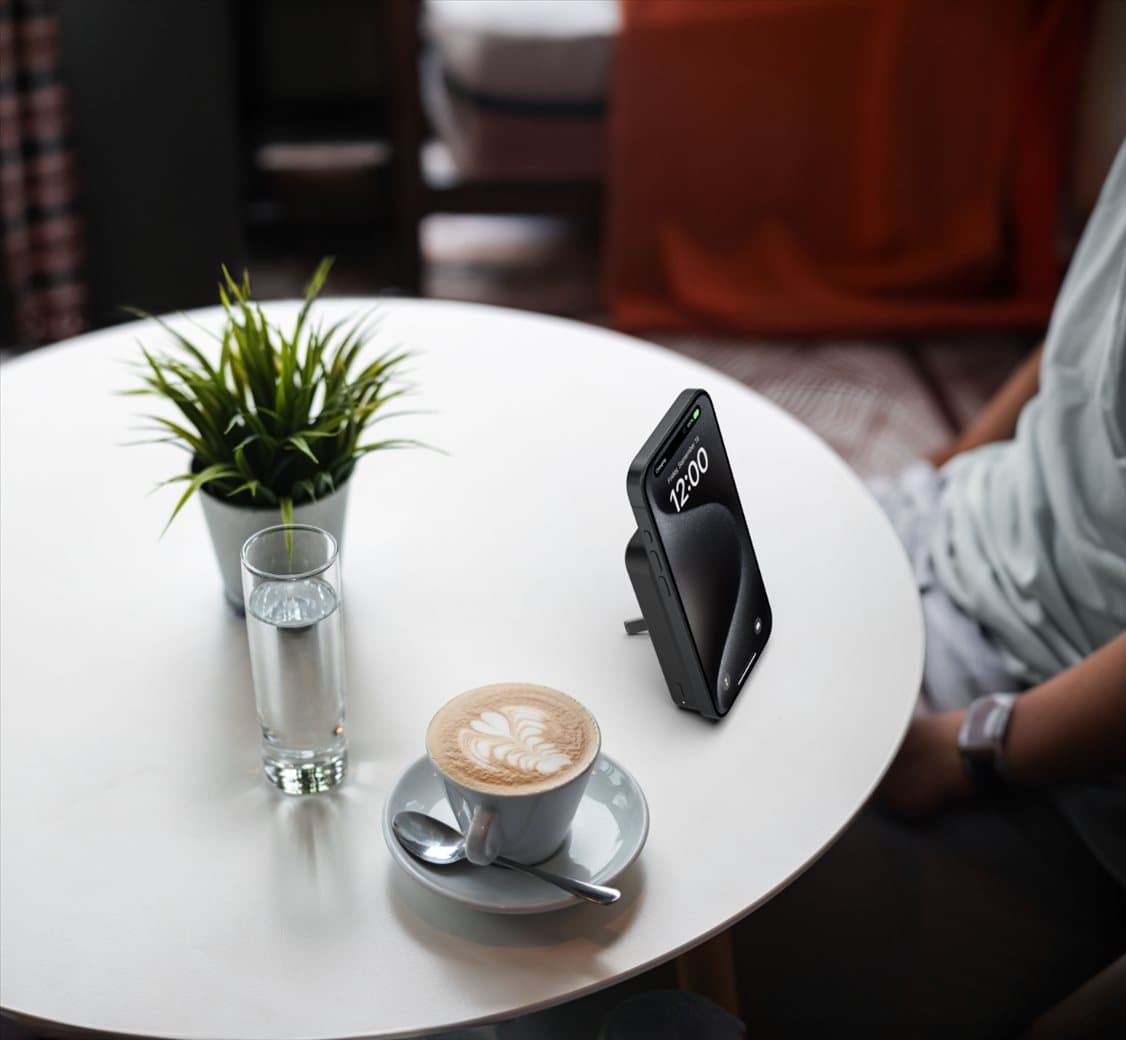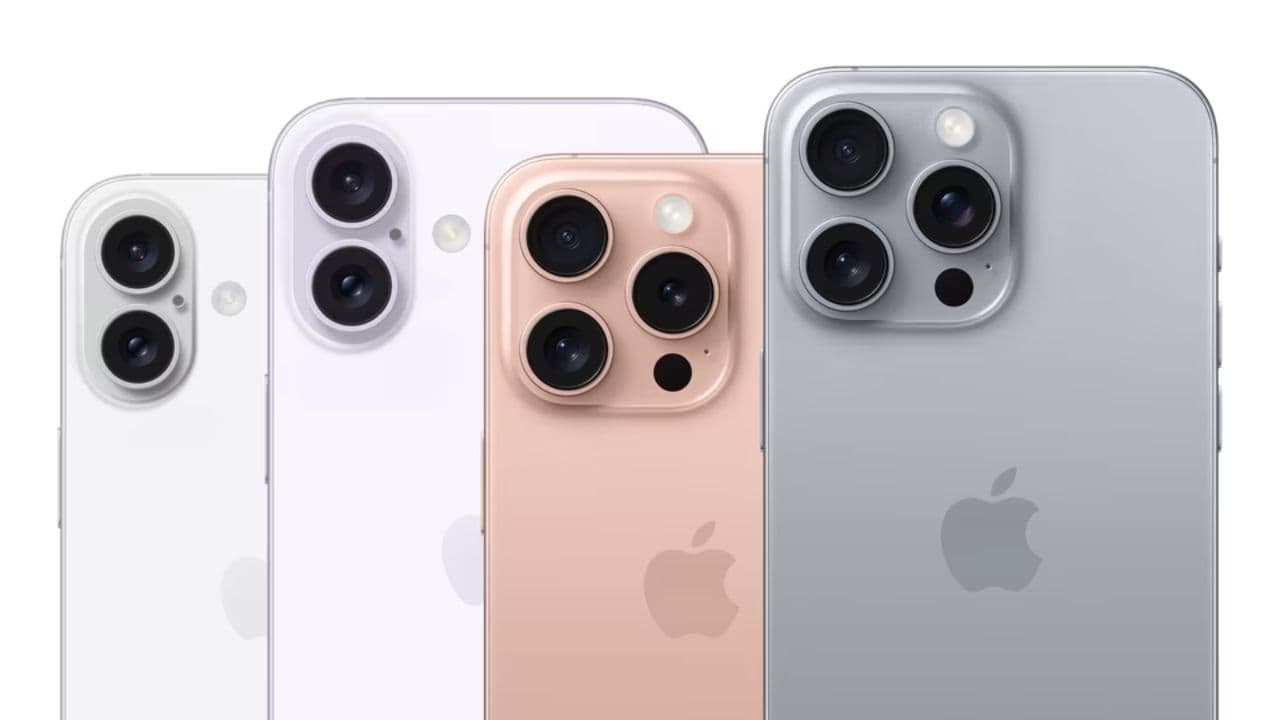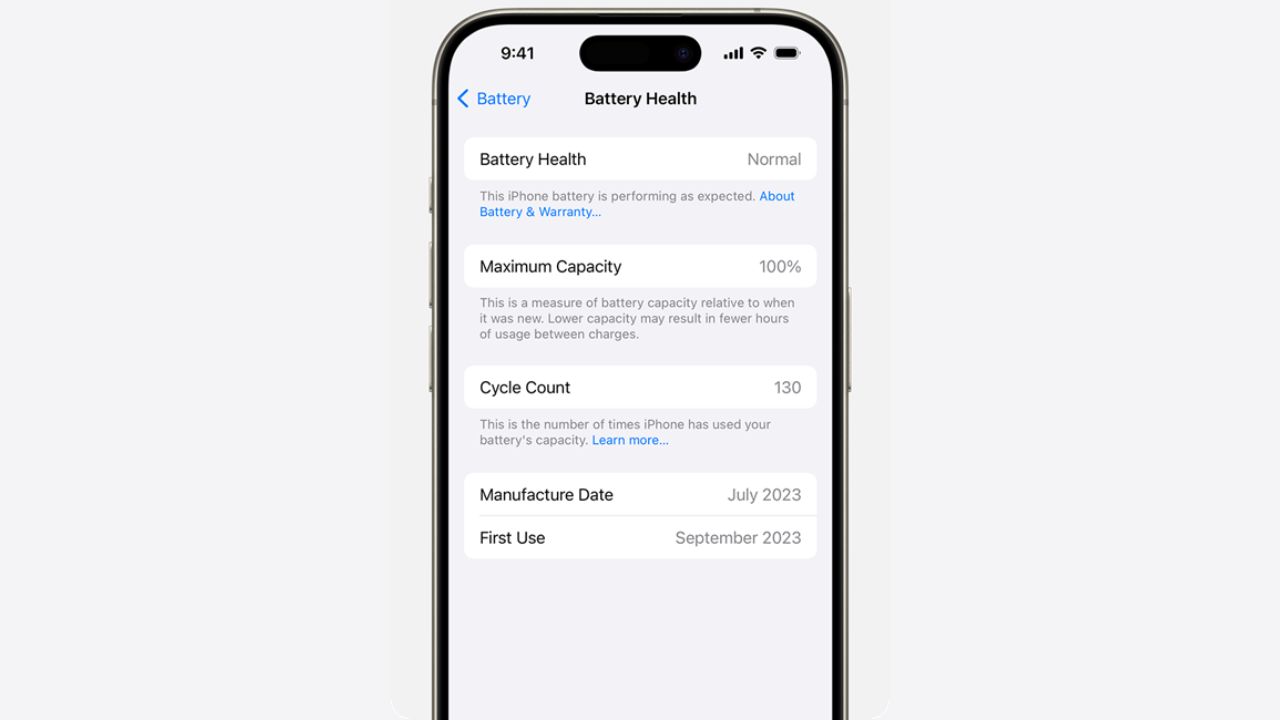Note: This article was written by Stan Johnson – an online writer for Qwaya, a Facebook ad manager tool where you can run and manage your Facebook campaigns. She enjoys writing about social media marketing trends and strategies through the company she works for. She will be open in answering inquiries about her article so feel free to comment below.

Why People Follow Certain Brands on Facebook – Do you like Pepsi or Coke? Are you a KFC fan, or would you rather sink your teeth into some Popeye’s chicken?
Different people prefer different brands, and psychologists have been trying to figure out the “why” behind it all for countless years. Now that Facebook have exploded as a marketing hubfor every type of business under the sun, the significance of brand preferences takes on much more importance. By understanding why consumers prefer brand X over brand Y, a marketer can deduce different methods by which to make their brand more appealing.
To fully understand how preferences are forged, you first have to understand the communications model. In this model you have five key components: Sender, filter, receiver, medium, and feedback.
In this context, a television ad may act as the sender and medium, and we view everything about this ad, from its colors, patterns, the sensations it makes us feel, sounds, and other factors. The more susceptible we are to the material, the longer it’s stored in our memory – the filter aspect of the model.
With the ad the sender and you the receiver, a successful ad will initiate feedback, which is basically you communicating in some way with the sender, via purchasing a product, or in this instance, liking an ad or a brand on Facebook.
Understanding the Science Behind Brand Following
Position of the Brand
Successful brands push their material based on a mixture of needs and goals, dealing specifically with the niche. However, human minds have trouble fully interpreting the mass amount of ad materials they deal with on a daily basis.
The average Facebook user may run across dozens of brands every single day, and they may only pay attention to one or two. The one or two they do focus on obviously stand out because they play well to a want or a need within that person. Because minds are limited, perceptions are very selective and the average Facebook user is consistently on the move, very little of your message is going to get through.
Obviously the brands that can immediately stand out and appeal to the user are going to get the user’s attentions.

Loyalty to the Brand
Brands positioned the best amongst all others receive the most loyalty. This is where the following aspect comes in. With short attention spans and mounds of mass media out there, people stick to what’s comfortable due to their own insecurities about the unknown. It’s better to return to a brand, whereas trying something new is always a risk. The reward would have to stand out above the risk for the user to switch.
This commitment is a mixture of bias, trained response, truth, and a basic function of inertia.
Brand Association
After a period of following a brand, a user can simply associate themselves with that brand. They become part of that brand. Imagine really liking a rock band as they’re starting out. As they start to release albums and gain notoriety and make it big, you feel as if you’re part of that. You’re part of something when you associate with a brand. It’s hard to break that cycle. Loyalty to a brand evokes good memories and it simply feels comfortable.
If you want to compete with your brand on Facebook, you have to learn not only how to build brand loyalty amongst your followers, but you will also need to know how to get other brand-loyal users to give your message a try instead. Here are some more tips about Facebook for business for further reading.







Comments are closed.